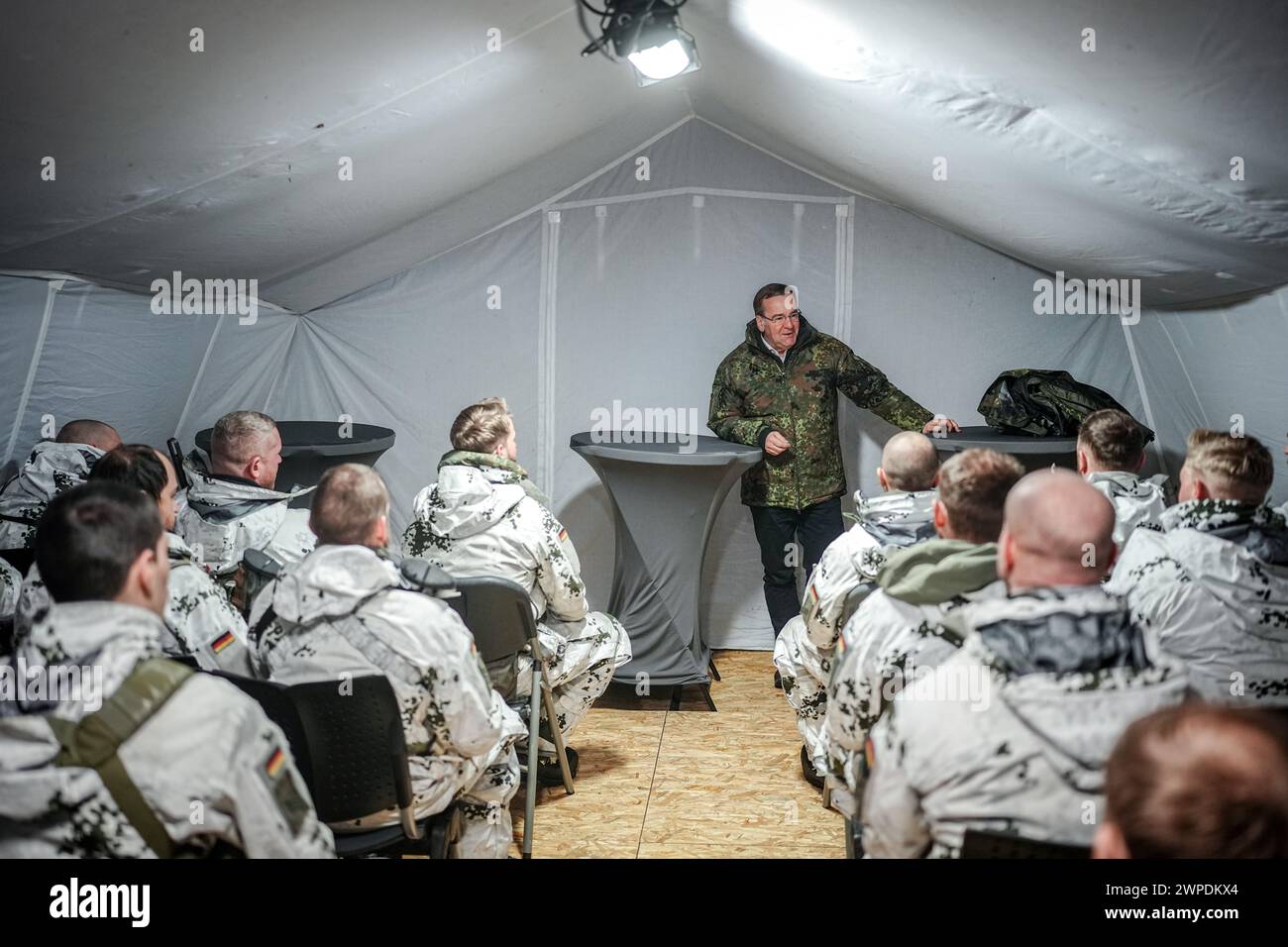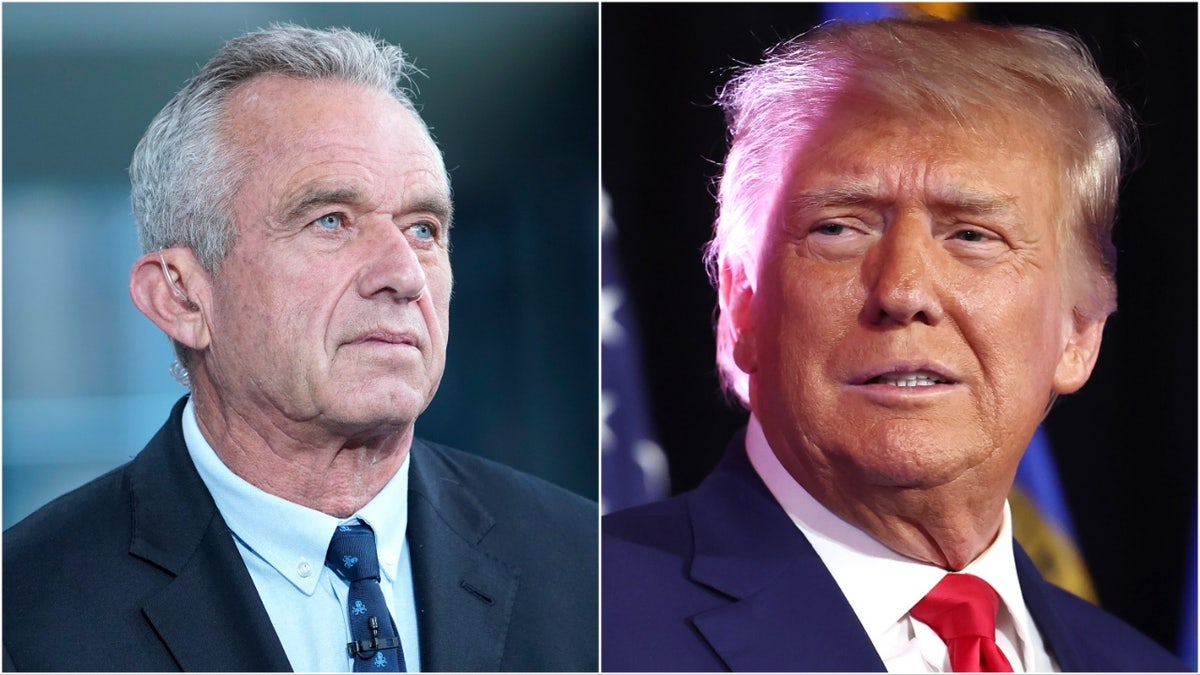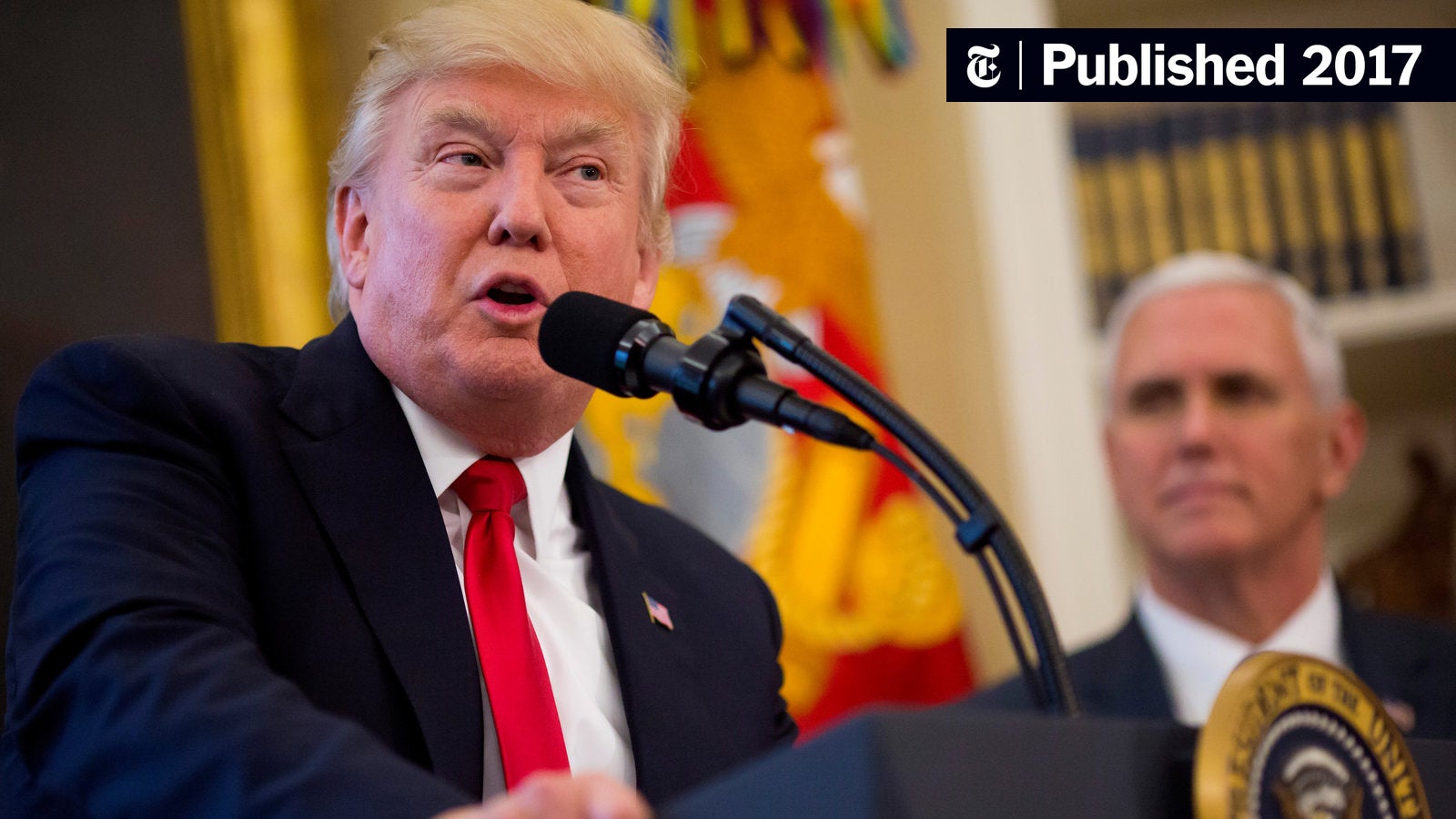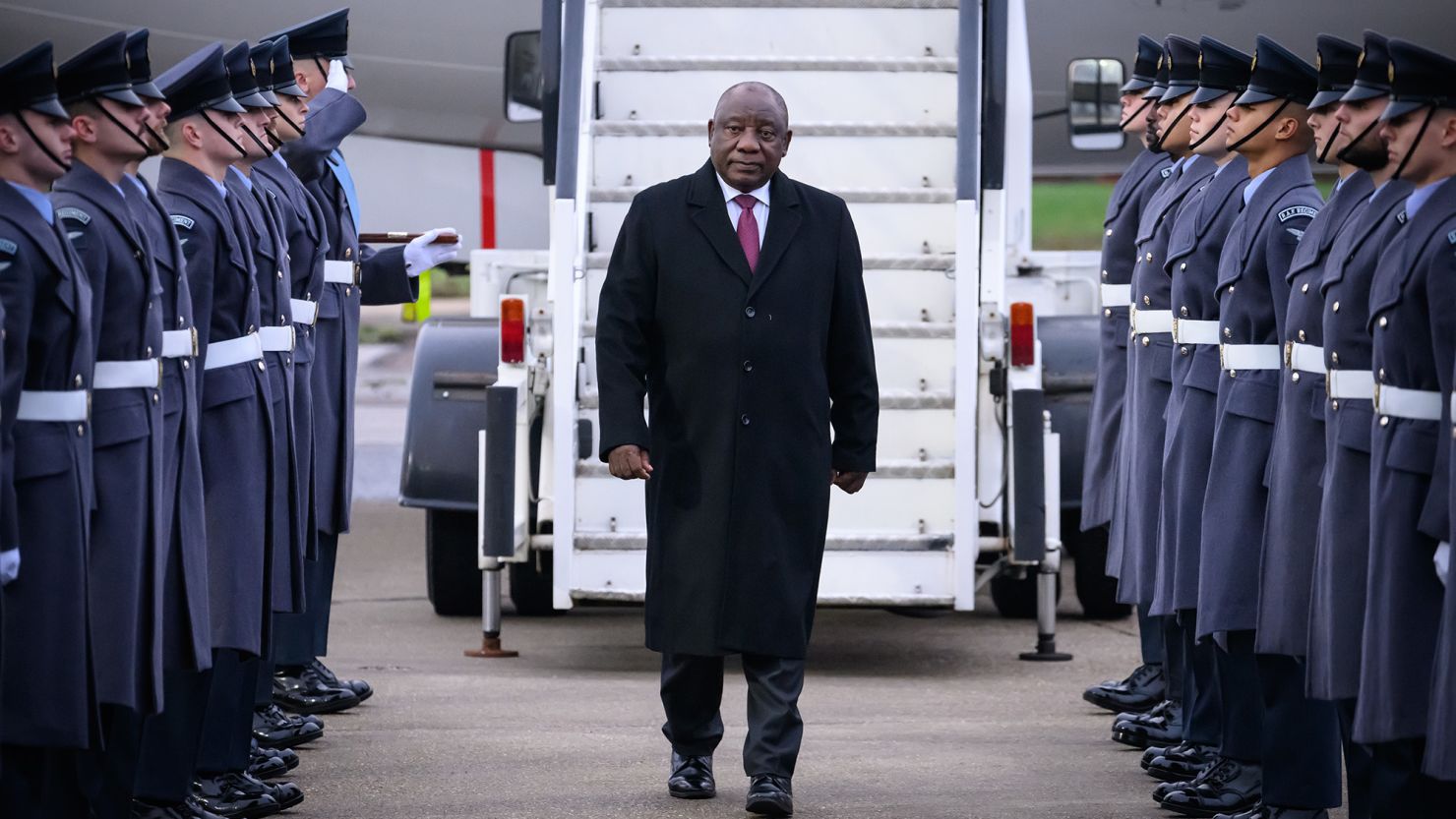Sweden's Tanks, Finland's Troops: A Pan-Nordic Defense Force?

Table of Contents
The Strengths of Individual Nordic Militaries
The Nordic countries boast a range of military capabilities that, when combined, could form a formidable force. Let's examine the strengths of some key players.
Sweden's Military Prowess
Sweden possesses a modern and well-equipped military, particularly renowned for its armored units. The Swedish military strength is built upon a foundation of advanced technology and a commitment to modernization. The Stridsvagn 122 main battle tank, for example, represents a significant contribution to armored capabilities within the region.
- Modernization Efforts: Sweden consistently invests in upgrading its military technology, ensuring its forces remain at the forefront of defense capabilities. This includes not only tanks but also advanced air defense systems and naval assets.
- Interoperability with NATO Standards: Sweden's military equipment and training are increasingly aligned with NATO standards, facilitating seamless integration with allied forces. This is a crucial factor in the feasibility of a Pan-Nordic defense force.
- Potential Contribution to a Joint Force: Sweden's strong military, particularly its armored units and air force, could form the backbone of a Pan-Nordic armored division, providing crucial offensive and defensive capabilities. The Swedish defense budget reflects this commitment to maintaining a robust military. The Swedish armored units are particularly well-equipped and trained.
Finland's Highly Trained Defence Forces
Finland's military is distinguished by its highly trained personnel and effective national defense strategy. Its strong conscription system provides a large, well-trained reserve force, ready for deployment. Finland's experience in asymmetrical warfare, particularly its focus on territorial defense, is invaluable in the context of evolving security threats.
- Finland's Defense Spending as a Percentage of GDP: Finland consistently dedicates a significant portion of its GDP to defense spending, demonstrating a commitment to national security.
- Finland's Readiness for Potential Conflict: The Finnish Defence Forces are known for their high level of readiness and their ability to rapidly mobilize and deploy troops.
- Finland's Military Technology and Training: While not possessing the same level of heavy armor as Sweden, Finland excels in areas such as infantry tactics, light weaponry, and cyber warfare, all crucial elements in a modern defense force. The Finnish military training program is highly regarded internationally.
Denmark, Norway, and Iceland's Roles
While Sweden and Finland often take center stage in discussions of Nordic defense, the contributions of Denmark, Norway, and Iceland are equally vital. Each nation brings unique strengths to the table.
- Denmark's Naval Capabilities: Denmark possesses a strong navy, capable of contributing significantly to maritime security in the Baltic Sea.
- Norway's Strategic Location: Norway's geographic position provides strategic advantages, offering access to key waterways and a forward operating base for potential joint operations.
- Iceland's Contribution to Intelligence Gathering: Iceland's location and technological capabilities offer unique contributions to intelligence gathering and surveillance within the Nordic region. The Icelandic Coast Guard plays a significant role in maritime security.
Challenges to Establishing a Pan-Nordic Defense Force
Despite the advantages, establishing a unified Pan-Nordic defense force faces significant hurdles.
National Sovereignty Concerns
One of the most significant barriers is the potential reluctance of individual nations to cede control over their military forces. Balancing national interests with collective security will require delicate negotiations and compromises.
- Balancing National Interests with Collective Security: Each nation has its own unique security concerns and priorities, which must be considered in any unified defense structure.
- Potential Disagreements on Strategic Priorities: Differences in geopolitical perspectives and military doctrines could lead to disagreements on strategic priorities and operational approaches. Finding common ground on these issues will be essential for success. Addressing these challenges is crucial for Nordic military cooperation.
Funding and Resource Allocation
The financial implications of establishing and maintaining a joint force are substantial. Agreements on cost-sharing, resource allocation, and equitable contributions from each nation are vital.
- Cost-Sharing Agreements: A transparent and fair system for sharing the financial burden of a unified force needs to be established and agreed upon by all participating nations.
- Potential for Unequal Contributions: Disparities in economic strength among Nordic countries could lead to disputes over the level of contribution each nation should provide.
- Securing Funding from Nordic Governments: Securing the necessary political support and financial commitments from each government will require significant diplomatic effort. The Nordic defense budget will need to be carefully considered and allocated.
Political and Strategic Alignment
Differing views on geopolitical stances and military doctrines could hinder the formation of a unified force. NATO membership, for example, is a key factor that impacts the strategic alignment of Nordic nations.
- NATO Membership Implications: The varying levels of NATO integration among Nordic countries will require careful consideration to ensure compatibility within a joint force.
- Differing Views on Russia: The relationship between Nordic countries and Russia varies, potentially leading to disagreements on strategic approaches towards this major regional power.
- Coordinating Defense Strategies: Harmonizing defense strategies and operational procedures will require close collaboration and a high degree of mutual trust. Nordic foreign policy and its implications for military cooperation must be considered.
Potential Benefits of a Unified Nordic Defense Force
Despite the challenges, the potential benefits of a Pan-Nordic defense force are substantial.
Enhanced Deterrence
A unified force would represent a significantly stronger deterrent against potential aggression, improving regional security.
- Increased Military Capacity: Pooling resources and capabilities creates a larger and more effective military force.
- Improved Regional Security: A stronger combined defense enhances the security of the entire Nordic region.
- Stronger Collective Defense Posture: A unified approach sends a powerful message of solidarity and resolve to potential adversaries. This strengthens Nordic defense cooperation significantly.
Improved Resource Efficiency
Consolidating resources and streamlining processes would lead to significant economies of scale and improved efficiency.
- Shared Procurement: Joint procurement of military equipment can reduce costs and improve interoperability.
- Joint Training Exercises: Regular joint training exercises enhance cooperation and readiness.
- Optimized Logistics: Sharing logistical resources and infrastructure improves efficiency and reduces redundancy. This improves military efficiency within the framework of Nordic defense cooperation.
Strengthened International Relations
A unified Nordic defense force would enhance the region's influence on the international stage.
- Increased Influence within NATO and the EU: A combined military force would give the Nordic countries greater influence within international organizations.
- Enhanced Diplomatic Leverage: A unified voice on security issues increases the Nordic region's diplomatic leverage.
- Better Crisis Response Capabilities: A unified force is better equipped to respond effectively to regional and global crises. This contributes positively to international security cooperation.
Conclusion
The creation of a Pan-Nordic defense force presents both significant opportunities and considerable challenges. While individual Nordic militaries possess notable strengths – such as Sweden’s advanced tank regiments and Finland’s highly trained troops – overcoming concerns about national sovereignty, securing adequate funding, and ensuring strategic alignment will be crucial for success. The future of Nordic security may well depend on deeper integration of defense capabilities. Further discussion and analysis of a Pan-Nordic defense force are essential to securing the region's future. Let's continue the conversation about strengthening Pan-Nordic defense cooperation and exploring the possibilities of a unified, powerful Nordic defense.

Featured Posts
-
 New Business Hotspots Across The Country An Interactive Map
Apr 22, 2025
New Business Hotspots Across The Country An Interactive Map
Apr 22, 2025 -
 Trumps Obamacare Supreme Court Case Implications For Rfk Jr S Political Influence
Apr 22, 2025
Trumps Obamacare Supreme Court Case Implications For Rfk Jr S Political Influence
Apr 22, 2025 -
 How Trumps Trade Actions Jeopardized Americas Financial Hegemony
Apr 22, 2025
How Trumps Trade Actions Jeopardized Americas Financial Hegemony
Apr 22, 2025 -
 Hegseth Faces Backlash Over Leaked Signal Chat And Pentagon Accusations
Apr 22, 2025
Hegseth Faces Backlash Over Leaked Signal Chat And Pentagon Accusations
Apr 22, 2025 -
 1 Billion Funding Cut Exclusive Look At Trumps Harvard Dispute
Apr 22, 2025
1 Billion Funding Cut Exclusive Look At Trumps Harvard Dispute
Apr 22, 2025
